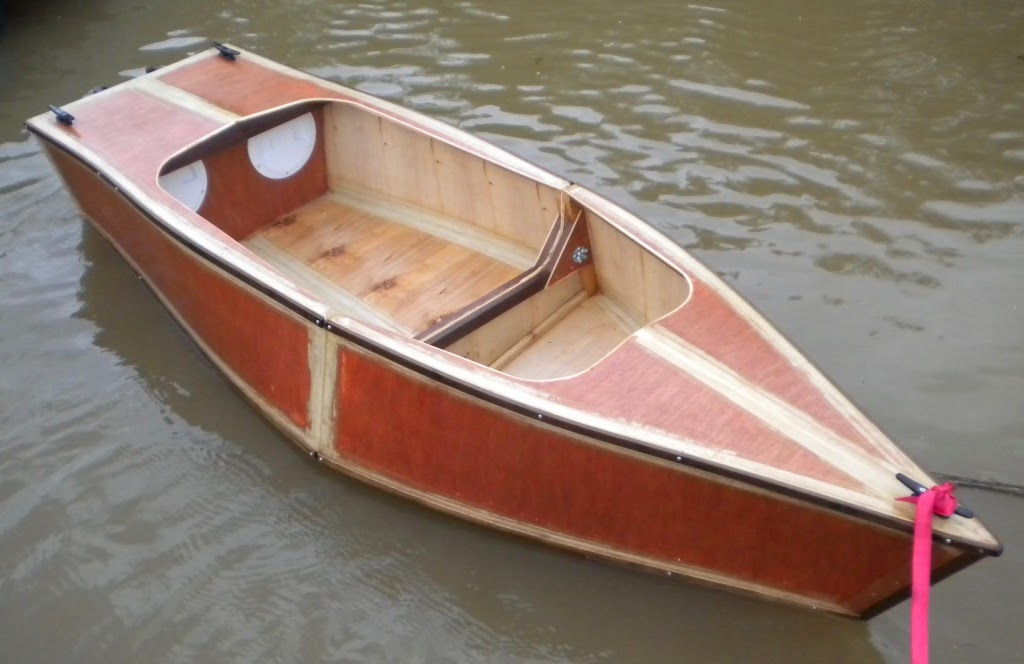
Unlocking the Potential: Customizable Plywood Boat Plans â€" Beyond the Blueprint
Plywood boatbuilding, a time-honored tradition, is experiencing a renaissance. But what if we moved beyond simply following existing plans? What if we harnessed the inherent flexibility of plywood and digital design tools to create truly personalized vessels? This article explores unconventional approaches to plywood boat design, moving beyond the usual tutorials and delving into the unexplored possibilities.
Beyond the "One-Size-Fits-All": Customization's Untapped Power
Most readily available plywood boat plans offer standardized designs. But what about the individual? What about the builder with specific needs â€" a shallow-draft boat for navigating a unique waterway, a kayak tailored to a specific body type, or a unique design inspired by local aesthetics?
Q: How can I truly personalize a plywood boat plan beyond simple dimension adjustments?
A: Think beyond simple scaling. Explore:
- Adaptive Design: Leverage parametric modeling software (like Fusion 360 or Rhino) to create plans where key dimensions (length, beam, depth) are variables. This allows for rapid prototyping and fine-tuning to your specific needs and body dimensions, if it's a kayak or canoe.
- Modular Construction: Design the boat in sections, allowing for future modifications or customization. A detachable casting platform for fishing, for instance, or interchangeable seating arrangements.
- Material Integration: Consider incorporating other materials like fiberglass cloth for added strength in specific areas, or utilizing reclaimed wood for aesthetic appeal and sustainability.
Q: Aren't extensive modifications to existing plans risky for a novice builder?
A: Yes, significant alterations require a solid understanding of naval architecture. However, even for beginners, small, well-planned customizations are achievable. Start with simple modifications, focusing on features like seat placement or storage solutions before attempting complex hull changes. Utilize online resources and forums to seek expert advice when venturing into more advanced modifications.
The "Maker" Movement Meets Marine Design: Digital Fabrication and Beyond
The rise of digital fabrication opens up exciting avenues for personalized boatbuilding. Laser cutters and CNC routers allow for intricate cuts and shapes not easily achievable with traditional methods, leading to more streamlined designs and enhanced aesthetics.
Real-World Example:
Consider a recent project where a group of students utilized a CNC router to create a highly detailed, lightweight kayak with custom-designed ergonomic seating. The precise cuts optimized material usage and minimized weight, resulting in a superior product compared to traditional methods. This approach also enabled the creation of intricate patterns and designs directly onto the plywood, reducing the need for time-consuming hand-finishing.
Q: Can I design and build my boat entirely from scratch using digital tools?
A: Absolutely! Software like FreeCAD, Fusion 360, and Rhino allow you to design a boat from the keel up, generating precise cutting plans for your CNC router or laser cutter. While a significant undertaking, this approach provides unparalleled control and customization, allowing for truly unique vessel creations.
Sustainability and the Future of Customizable Plywood Boats
The inherent sustainability of plywood offers a compelling advantage. By designing boats optimized for material usage through digital tools and modular construction, we can minimize waste and build more eco-friendly vessels. Furthermore, choosing sustainably sourced plywood further enhances the environmental impact.
The future of customizable plywood boat plans lies in the synergy between traditional craftsmanship and digital innovation. By embracing the possibilities of parametric design, digital fabrication, and sustainable practices, we can unlock a new era of personalized and environmentally conscious boatbuilding.
Disclaimer: Modifying boat plans requires a thorough understanding of naval architecture. Always prioritize safety and seek professional advice when making significant alterations to existing designs. Incorrect modifications can compromise the structural integrity and safety of the vessel.

0 comments:
Post a Comment
Note: Only a member of this blog may post a comment.